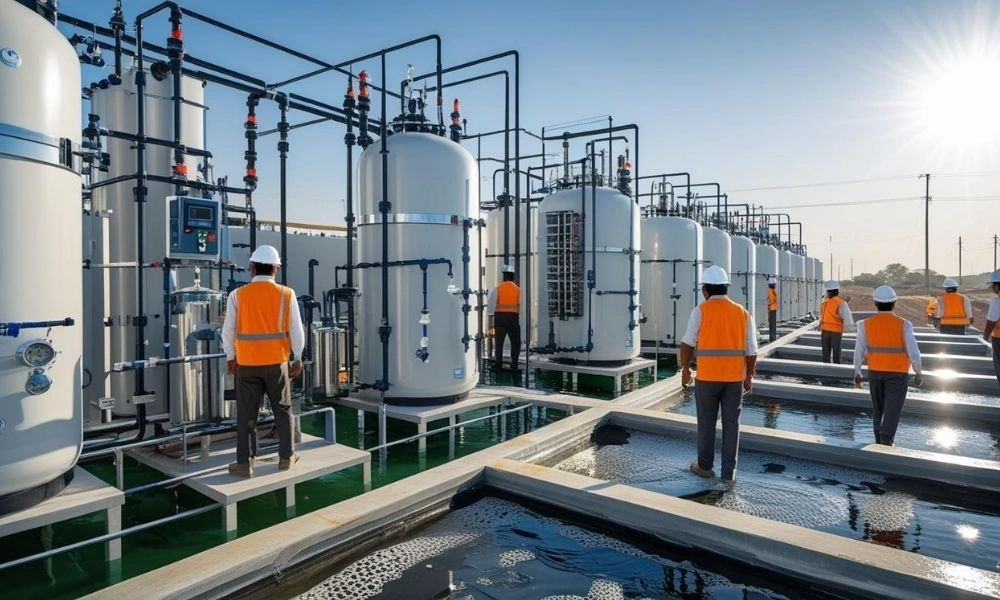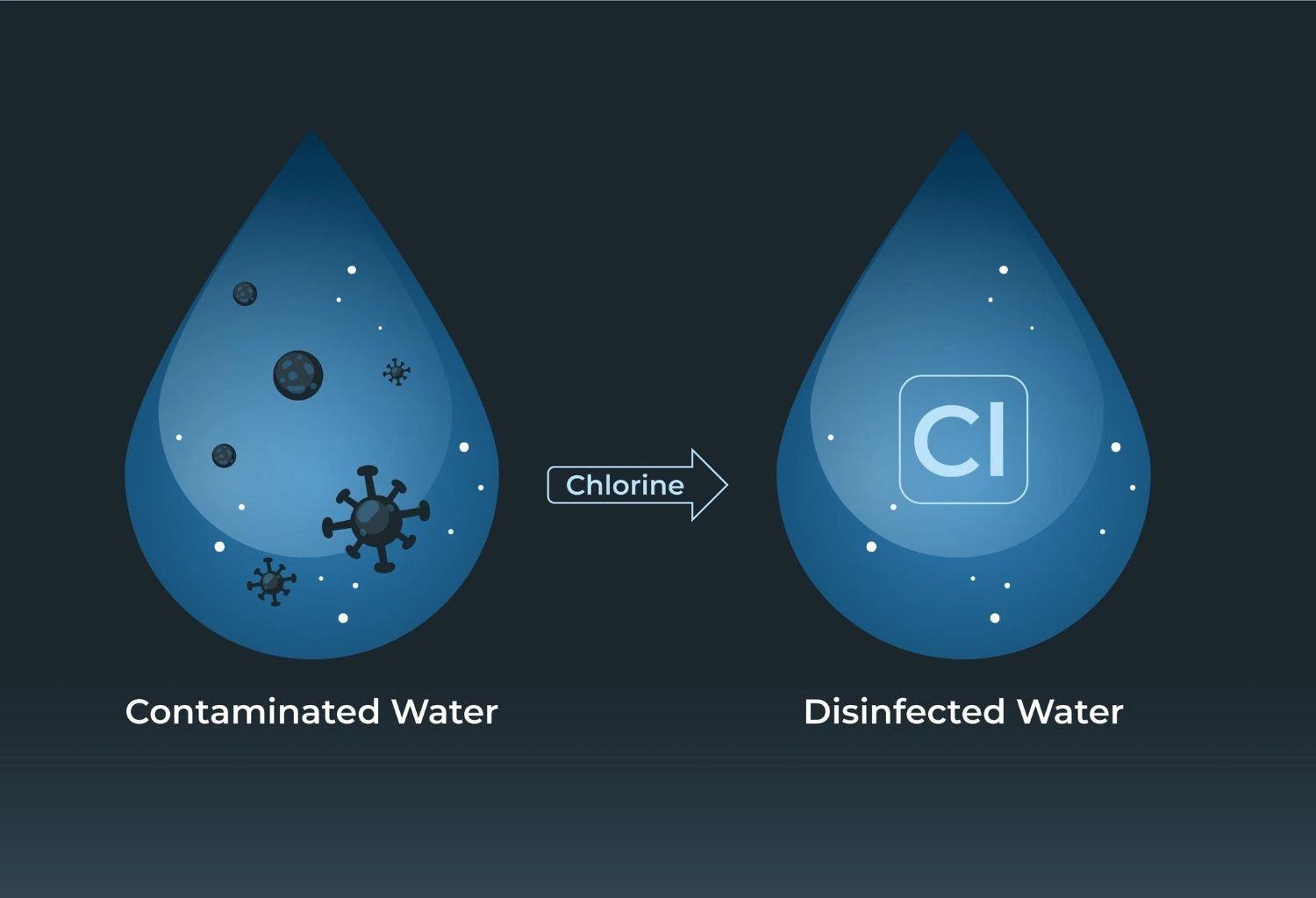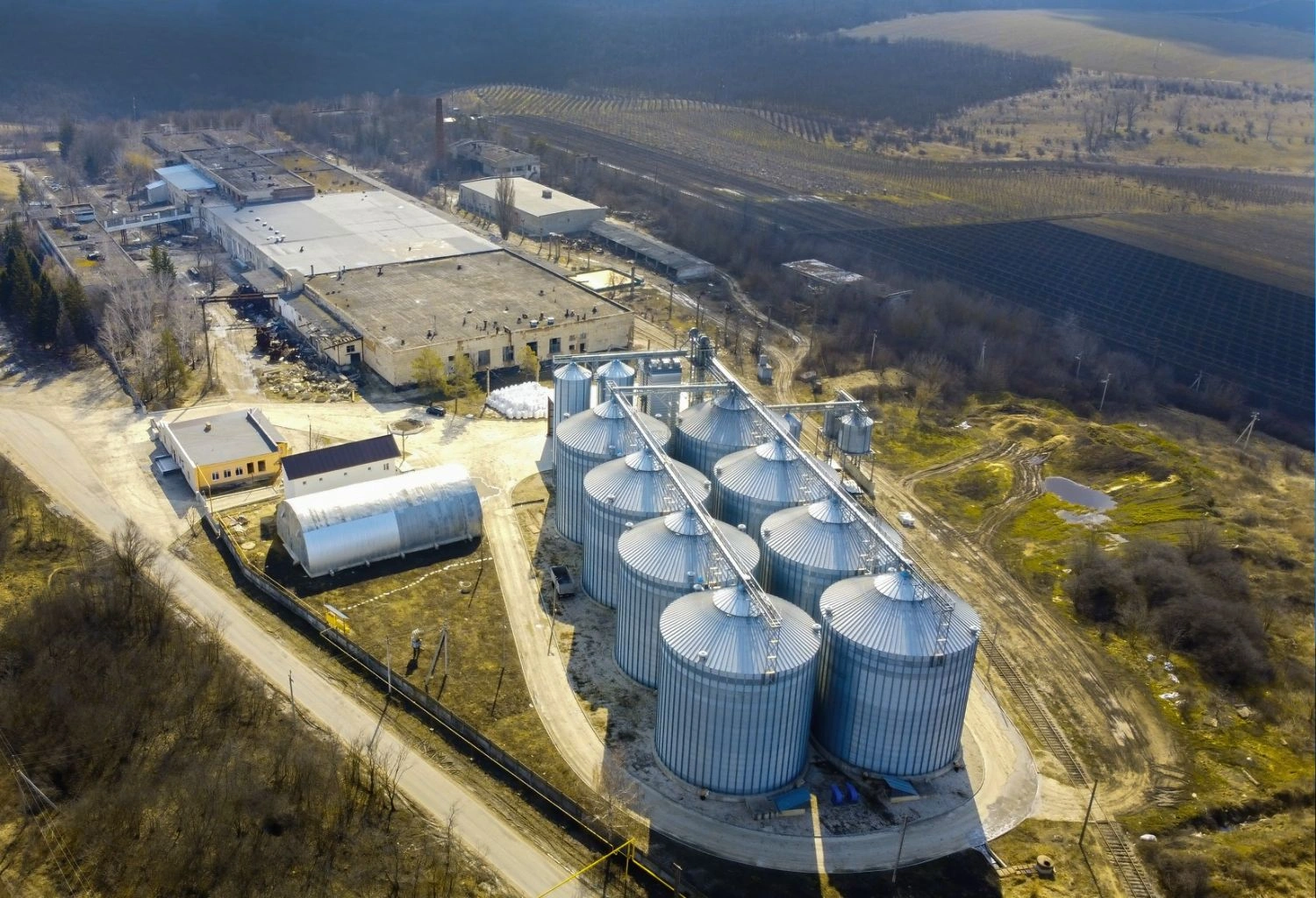Zero discharge hazardous chemical treatment ensures that no wastewater is released into the environment. Using advanced methods like AOP, RO, and electrocoagulation, WCSP helps industries treat and recycle every drop of chemical waste. This solution supports legal compliance, protects natural resources, and promotes sustainable water management in Pakistan’s growing industrial landscape.
Zero liquid discharge (ZLD)
What is Zero Discharge Hazardous Chemical Treatment?
Zero Discharge Hazardous Chemical Treatment is a new and environmentally friendly solution to wastewater treatment aimed at those industries that produce chemical-contaminated wastewater. Simply put, it is a treatment process wherein no wastewater at all is released into the environment. All industrial wastewater is treated, purified, and either reused on-site or transformed into solid waste that can be handled.
This technology not only conserves the environment but also assists industries in complying with legal norms and saving operation costs through water reuse.
Why is Zero Discharge significant in Pakistan?
1. Rising Hazardous Industrial Wastewater
The industrial development of Pakistan is on the rise, particularly in industries such as textiles, pharmaceuticals, leather, pesticides, and chemical manufacturing. These sectors produce huge amounts of toxic wastewater. This water contains:
- Heavy metals such as lead, mercury, arsenic, and chromium
- Acids and alkalis employed for cleaning and processing
- Machine oils and greases
- Chemical residues, dyes, and solvents
If not treated first, before disposing, this wastewater has the capability to contaminate rivers, lakes, land, and underground water sources. This causes long-term harm to public health, agriculture, and fauna.
2. Environmental Impact
Untreated wastewater is a silent ecosystem killer. It kills aquatic organisms, undermines fertile soil, contaminates drinking water, and leads to the extinction of plant and animal species. Chemical contaminants like nitrates, phosphates, and heavy metals linger in the environment for decades. They interfere with natural processes and render water sources incapable of use by humans and animals.
Zero discharge stops this vicious circle in its tracks by treating water at the source itself and keeping pollution out of the environment.
3. Adherence to National Laws
In Pakistan, both the Environmental Protection Agency (EPA) and local authorities are implementing the National Environmental Quality Standards (NEQS) more rigorously than ever before. The laws oblige all high-risk industries to treat wastewater prior to disposal. Non-compliance can lead to:
- Heavy fines
- Business closures
- Destruction of brand reputation
- Legal advisories and export prohibitions
Having a Zero Discharge System in place keeps industries in line with such environmental laws.
How Does Zero Discharge Operate?
Zero discharge is a multi-stage treatment process. Each stage eliminates a particular type of contaminant until the clean, reusable water or harmless solid waste is achieved.
Step-by-Step Analysis:
1. Pre-Treatment
- High particles like plastic, cloth, or sand are filtered out with bar screens and filters.
- Oil and grease separators take out floating oils from wastewater.
- Equalization tanks provide assurance that water is stable in flow and pH prior to treatment.
2. Primary Chemical Treatment
The pH of the wastewater is adjusted with chemicals such as lime or sulfuric acid.
Coagulants and flocculants are used to cause small particles to clump together so that they can settle or be filtered out.
Toxic metals such as lead or chromium are neutralized and eliminated.
3. Electrocoagulation
This is a unique step in which electric current is applied to the water through metal electrodes.
- Disrupts emulsions (oil-water mixtures)
- Decontaminates dissolved heavy metals
- No additional chemical is introduced, so it is cost-effective and environmentally friendly
4. AOP (Advanced Oxidation Process)
Certain chemicals are extremely hard to be removed. AOP applies strong oxidants such as ozone or hydrogen peroxide to annihilate them.
- Degradates non-biodegradable organic compounds
- Makes complex pollutants biodegradable
- Bacterial and viral killers
5. Filtration and Reverse Osmosis (RO)
Water is then passed through:
- Sand filters – to eliminate excess suspended solids
- Carbon filters – to eliminate color and odor
- RO membranes – to eliminate dissolved salts, minerals, and any excess toxins
The resulting product is clean water, which can be recycled in the industry for cooling, cleaning, gardening, and even boiler application.
6. Evaporation and Crystallization
The low quantity of waste remaining after RO is concentrated brine.
- This brine is evaporated in a thermal unit
- Water vapor is recovered and reused
- Remaining solid salt and sludge are scraped and disposed of safely
This last step guarantees Zero Liquid Discharge (ZLD) — not a drop of wastewater exits the plant.
De-mineralization Water System
Technologies Employed by WCSP
Water Care Services Pakistan (WCSP) employs a clever blend of cutting-edge and eco-friendly technologies for zero discharge:
Bioremediation
Friendly bacteria are used to biodegrade organic pollutants naturally. It is chemical-free and ideal for food, pharma, and leather waste.
Electrocoagulation
Heavy metals, dyes, oils, and other impurities are removed without chemical dosing.
AOP (Advanced Oxidation Process)
Required to destroy persistent, harmful chemicals in wastewater. They are decomposed into water, oxygen, and harmless by-products.
Multi-Stage RO
WCSP creates layered RO systems to maximize recovery and minimize waste. Their systems are able to achieve up to 90% water recovery, which saves millions of liters each year.
Which Industries Need Zero Discharge Most in Pakistan?
Pakistan industries that produce high amounts of chemical waste need to implement zero discharge systems. These are:
- Textile & Dyeing Units: Utilize bleaching, dyeing, printing – all of which result in colored, toxic wastewater.
- Pharmaceutical Companies: Have active drug ingredients, solvents, and biohazards.
- Chemical Factories: Acid production, paint factories, detergent facilities.
- Leather Tanneries: Excessive chromium, sulfides, and organics usage.
Pesticide & Fertilizer Plants: Release nitrates, phosphates, and bio-accumulative pollutants.
Advantages of WCSP’s Zero Discharge Systems
✅ Environmental Safety
Avoids chemical contamination, safeguards rivers and drinking water supplies, and lowers industrial carbon imprint.
✅ Legal Compliance
Evades environmental penalties, litigation, and factory shutdowns through compliance with NEQS and EPA requirements.
✅ Water Reuse
Treated water can be used again, reducing the dependency on freshwater. Saves cost and supports water conservation.
✅ Cost-Effective in the Long Run
Though installation may seem costly, the savings in water purchase, reduced penalties, and long-term stability are substantial.
✅ Custom & Scalable Design
Whether it’s a small textile unit or a large pharma plant, WCSP provides custom solutions. Modular setups allow for easy upgrades as your business grows.
Conclusion
Zero discharge hazardous chemical treatment is not merely a trend—it’s the way of future responsible industrial development in Pakistan. It makes sure no contaminated water exits your plant and the environment is left protected for generations to come.
Making the choice of WCSP is a choice for a cleaner Pakistan, a more resilient business, and a better tomorrow.



